Anti-Inflammatory Diet
In my last post, I mentioned that no matter what "diet" each of us subscribes to, we should all be adding more anti-inflammatory foods to our daily meals. Here I am explaining why and calling on one simple action step we can all take today to get started.
Why Is an Anti-Inflammatory Diet Important?
Anti-inflammatory foods combat our all too common pro-inflammatory diet and lifestyle. A diet high in processed, highly refined foods and vegetables oils, fast food, over consumption of meat and dairy and too little fresh fruits and vegetables are upsetting our body's equilibrium and innate ability to control inflammation (1). The acute inflammatory response to heal is healthy and necessary. But we run into problems when inflammation sticks around. Lifestyle factors such as how we deal with stress, too little exercise, and over-reliance on over-the-counter medicine and prescriptions such as steroids exacerbate the situation.
The result is a chronic, low level of inflammation in our body which is believed to accelerate the aging process and be at the root of many ailments ranging from fatigue and migraines to irritable bowel, eczema, auto-immune conditions, obesity, and heart disease. Dr. Mark Hyman, an American physician, chairman of the Institute for Functional Medicine and author of several noteworthy books, goes as far as saying an anti-inflammatory diet is the one diet that can cure disease (2,3,4).
"Our choices in food can turn on or off our body's inflammatory response."
The state of our healthcare system is one of disease management, and the sad fact is that many of these life-threatening diseases such as obesity, Type II diabetes, and heart disease are lifestyle related. However, that also means we can do something about it, if we really want to. Our choices in food can turn on or off our body's inflammatory responses, and incorporating more anti-inflammatory foods into our daily diet is the switch that allows us to turn the response off.
What Is an Anti-Inflammatory Diet?
- The base consists of a variety of fruit and vegetables, legumes, whole grains, and healthy fats (use Dr. Weil's Anti-Inflammatory pyramid below as a guide)
- Foods rich in omega 3 fatty acids (flax seeds, walnuts, chia seeds, salmon, fish oil, etc.)
- Foods rich in polyphenols (the chemicals that give fruits and vegetables their color)
Anti-Inflammatory Food List (1,5)
Here is a non-comprehensive list of foods to start you off with.
- Berries
- Black cod
- Broccoli
- Bok Choy
- Carob
- Chia seeds
- Dark leafy greens
- Extra-virgin olive oil
- Flax seeds (freshly ground)
- Ginger
- Green tea
- Papaya
- Sweet potato
- Turmeric
- Walnuts
- Wild Alaskan salmon
Action Step:
Take a look at the anti-inflammatory food list and pyramid above. What foods here do you like? How can you easily incorporate just one of them into your diet today? Work your way up to adding at least one of these foods into your diet each day.
Resources
- P. Pitchford. Healing with Whole Foods: Asian Traditions and Modern Nutrition, 3rd edition.California: North Atlantic Books, 2002.
- http://drhyman.com/blog/2013/05/17/the-one-diet-that-can-cure-most-disease-part-i/
- http://www.drweil.com/drw/u/ART03227/My-Four-Favorite-AntiInflammatory-Foods.html
- http://www.huffingtonpost.com/organic-authoritycom/healthy-foods_b_1962244.html
- http://www.livestrong.com/article/487274-carob-and-inflammation/
- Photo credits in lead figure: Greens, Walnuts, Extra-Virgin Olive Oil, Turmeric


